LOADING
Low back pain (LBP) is a common condition with about 80% of the population experiencing at least a single episode during their lifetime. (Rubin, 2007) It is the leading cause of activity limitation and work absence (Deyo, 1991) and one of the most common reasons for healthcare visits and missed workdays. Low back pain is a symptom, not a disease; it can result from several different known or unknown abnormalities or diseases. It is defined by the location of pain, typically between the lower rib margins and the buttock creases. (Dionne, 2008) It is commonly accompanied by pain in one or both legs, and some people with low back pain have associated neurological symptoms in the lower limbs.
The symptoms of low back pain can vary depending on the underlying cause and severity of the condition. Some common symptoms of low back pain include:
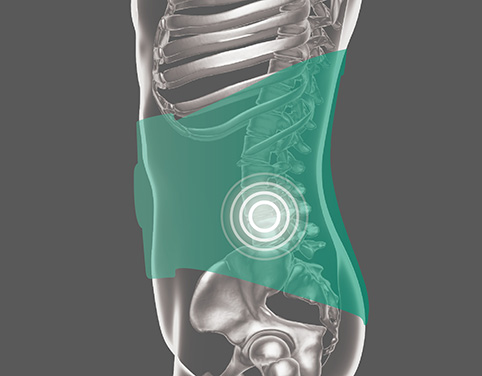
Lumbar supports are designed to support the natural curvature of the spine, providing additional support to the lower back and reducing the amount of stress placed on the muscles and ligaments in this area. Here are some benefits of lumbar supports:
1. Pain relief: Lumbar supports with an ergonomic contour design and highly elastic material can provide additional support to the lower back, reduce pain and discomfort, and snugly fit the lumbar without pressure, offering great protection. (Roelofs, 2007)
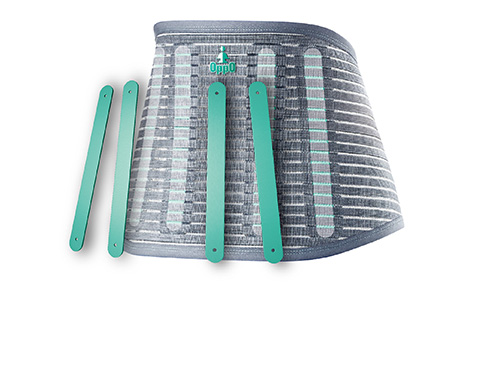
2. Improved posture: Lumbar supports with anatomically integrated stays can help improve posture by keeping the spine in its natural curve, reducing the tendency to slouch or hunch forward, and provide extra lumbar stability, thereby enhancing all-around comfort. (F. Munoz, 2010)
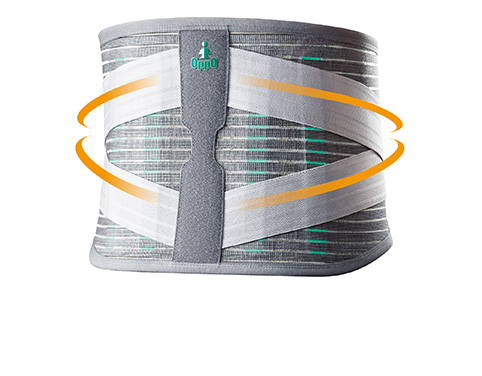
3. Reduced pressure on the spine: Lumbar supports with highly elastic reinforced straps can help reduce the pressure placed on the spinal discs, prevent injury, and reduce the risk of developing conditions such as herniated discs or spinal stenosis by providing comprehensive coverage and protection to the abdomen and lumbar region, while enabling an adaptive fit. (Mohsen, 2009)
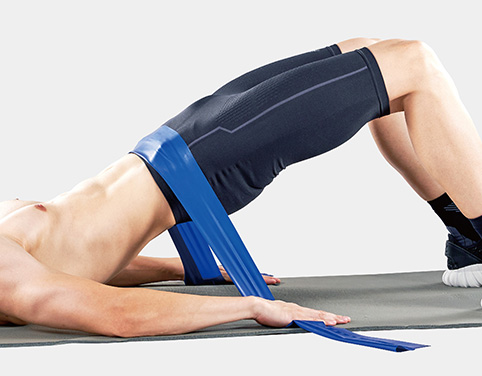
The treatment for low back pain depends on the underlying cause and severity of the condition. Here are some common treatment options for low back pain:
It’s important to work with a healthcare professional to determine the underlying cause of your low back pain and develop an appropriate treatment plan. In many cases, a combination of different treatment options may be necessary to effectively manage low back pain.
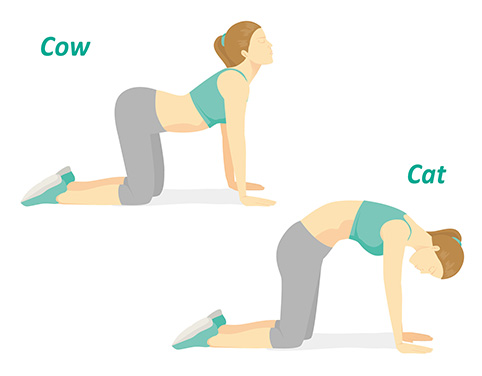
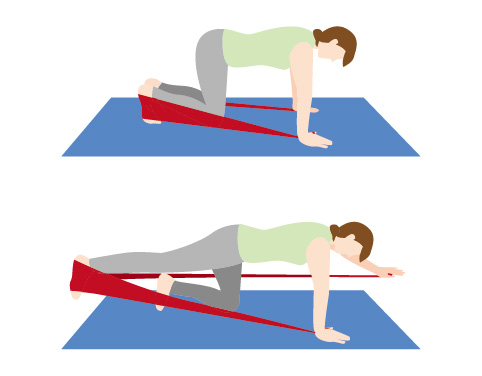
Exercise can be an effective way to relieve low back pain and improve spinal health. Here are some exercises that can help alleviate low back pain:
It's important to work with a healthcare professional or physical therapist to determine which exercises are appropriate for your needs and abilities and to ensure that you are performing them correctly to avoid further injury.
Copy Link